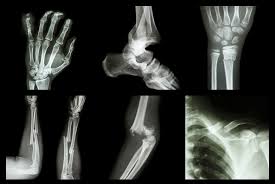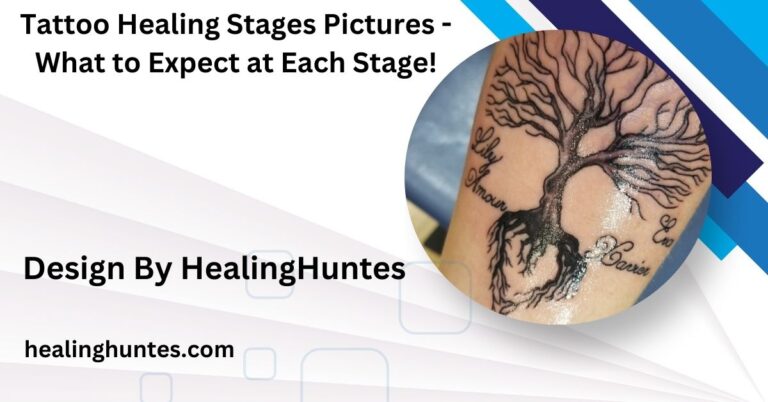Can Healing Fix Broken Bones Dnd – Healing Rules Explained!
In D&D, healing spells restore hit points but don’t fix injuries. DMs can add realism by incorporating role-playing elements and house rules for injuries.
In Dungeons & Dragons, healing spells restore hit points but don’t fix broken bones. This distinction adds realism, allowing DMs to use house rules and role-playing to enhance the experience.
In this article, we’ll explore how healing works in D&D and whether it can fix broken bones, helping you understand the rules and enhance your gameplay experience.
Understanding Healing in Dungeons & Dragons:

In D&D, healing spells are designed to restore hit points (HP) to characters who have taken damage. Different classes, such as clerics and druids, have access to various healing spells, which can heal wounds, cure diseases, and even restore vitality. However, it’s essential to recognize the distinction between restoring hit points and repairing broken bones or other permanent injuries.
Types of Healing Spells:
- Hit Points (HP): The primary measure of a character’s health, hit points represent how much damage a character can take before falling unconscious or dying. When a character receives damage, they lose hit points, which can be restored through various healing spells or abilities.
- Healing Spells: Different classes, such as clerics, druids, and paladins, have access to a range of healing spells. Each spell has unique characteristics and effects:
- Cure Wounds: A fundamental healing spell that restores a specific number of hit points based on the spell’s level. However, it does not repair broken bones or other structural injuries.
- Healing Word: Similar to Cure Wounds, this spell restores hit points but is cast as a bonus action, making it valuable in combat situations. Like other healing spells, it does not address physical injuries like fractures.
- Lesser Restoration: This spell can cure diseases and remove certain conditions (such as paralysis or blindness), but it does not fix broken bones.
- Greater Restoration: A more powerful spell that can remove debilitating effects and restore hit points, yet it does not directly heal fractures or broken bones.
- Regeneration: This spell allows characters to regain hit points over time and can regrow lost limbs. However, it typically does not repair broken bones instantly.
Also read: Can You Heal 4 Piercings – Your Ultimate Aftercare Guide!
Can Healing Fix Broken Bones?
In general gameplay, healing spells do not fix broken bones in D&D. When a character sustains a broken bone, the focus shifts from healing hit points to addressing the injury’s nature. Broken bones are often treated as a narrative element that can add depth to the story and character development.
Role-Playing Broken Bones:
While healing spells may not mend broken bones, DMs can incorporate rules for injuries into the game. Here are a few ways to handle broken bones through role-playing:
- Injury Effects: Consider imposing disadvantages on certain actions (like climbing or running) until the injury heals. This adds a layer of realism and challenges players to navigate their characters’ limitations.
- Healing Time: Instead of an instant fix, players might need to rest for a specific period or seek medical attention from a healer in-game to recover from a broken bone.
- Magic Items: Introduce magical items or potions that can help mend broken bones faster, allowing for unique gameplay mechanics.
House Rules for Healing Injuries:

Many DMs choose to implement house rules for dealing with injuries like broken bones. These rules can provide a more immersive experience and encourage teamwork. Here are a few ideas:
- Surgery Checks: Require players to make Medicine checks to perform surgery or set broken bones. A successful check might allow the character to recover more quickly, while a failure could lead to further complications.
- Recovery Roll: After a battle in which injuries occur, allow players to roll a die to determine how long it takes for injuries to heal, factoring in their character’s Constitution modifier. This adds an element of unpredictability to the healing process.
- Healing Potions or Magical Items: Introduce magical items or potions specifically designed to help mend broken bones or speed up the recovery process. This creates additional opportunities for exploration and questing.
Also read: How To Heal An Avoidant Attachment Style Pdf Free Download – Step to heal Avoidant Attachment!
- Time-Based Healing: Implement a time-based healing system where characters need to rest for a number of days equal to the severity of their injury before they can regain full functionality. This encourages players to engage in strategic planning around their character’s health.
- Narrative Consequences: Create narrative consequences for injuries, such as scars, limping, or lingering pain that might affect character interactions or decisions in future sessions. This enriches character development and storytelling.
FAQ’s
1. Can healing spells fix broken bones in D&D?
No, healing spells like Cure Wounds and Healing Word restore hit points but do not mend broken bones or structural injuries. The focus is on restoring health, not repairing fractures.
2. What happens if my character breaks a bone?
Broken bones are typically treated as a narrative element. DMs may impose disadvantages on actions (like running or climbing) until the injury heals, adding a layer of realism to the gameplay.
3. Are there any spells that can help with broken bones?
While no spells directly heal fractures, spells like Greater Restoration can address severe injuries or conditions, though they do not specifically fix broken bones.
4. Can DMs create house rules for broken bones?
Yes, many DMs implement house rules to enhance realism. This can include requiring Medicine checks for surgery, allowing recovery rolls after battles, or introducing magical items specifically for bone healing.
5. How can broken bones enhance gameplay?
Broken bones can create narrative tension and challenges, encouraging teamwork as players strategize on how to navigate their characters’ injuries. This can lead to rich storytelling and character development throughout the campaign.
Conclusion
In Dungeons & Dragons, healing spells are essential for restoring hit points and keeping characters alive during dangerous encounters. However, they do not fix broken bones directly. By incorporating house rules and role-playing elements, DMs can create a rich experience where injuries matter and add to the overall narrative. Ultimately, the approach you take will depend on your game style and what your group enjoys. So, embrace the challenges of broken bones and use them to enhance your D&D adventures.






